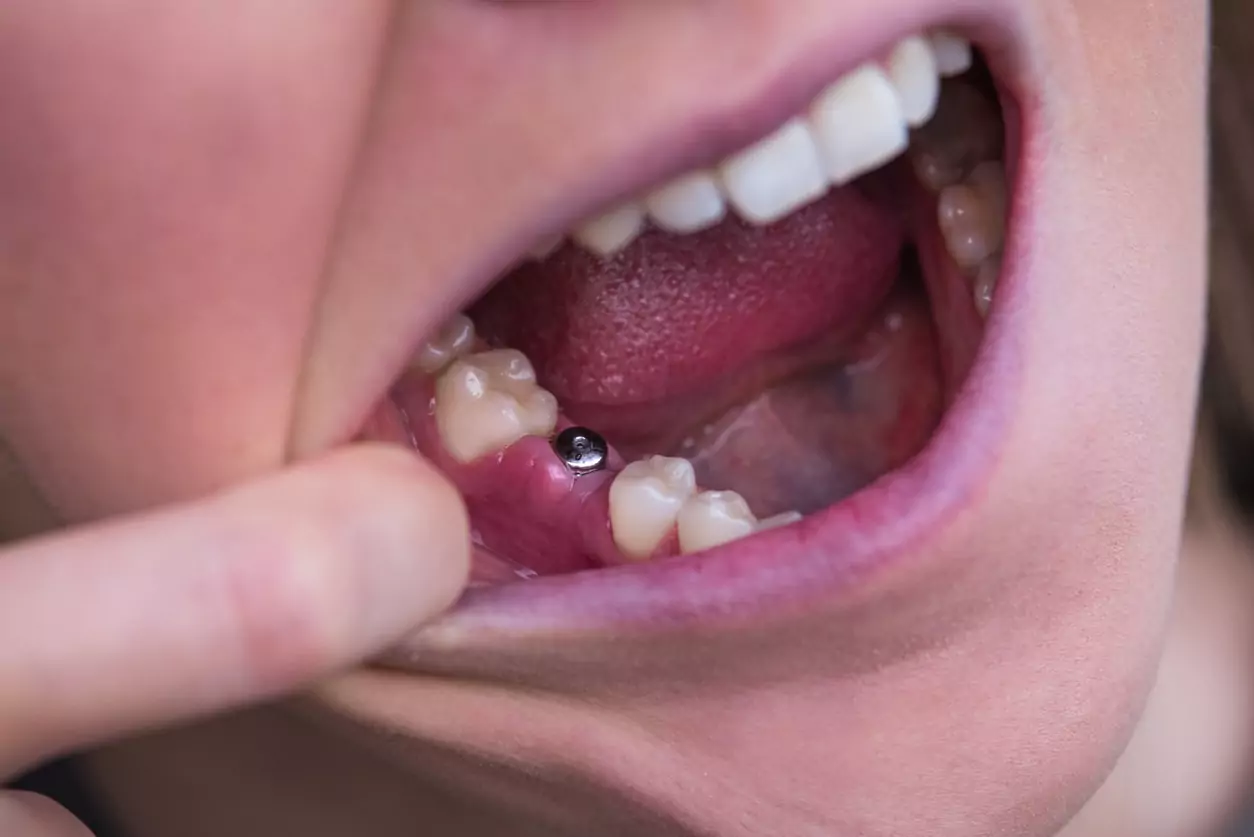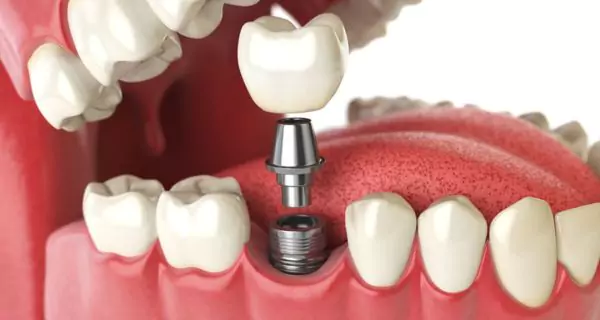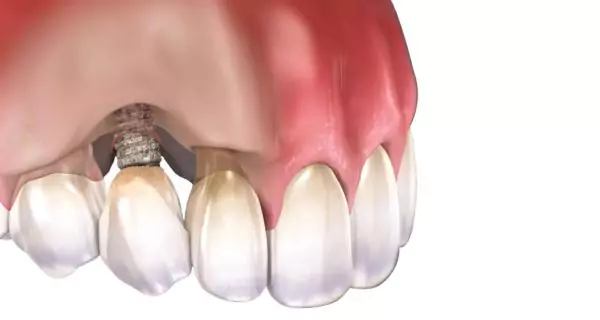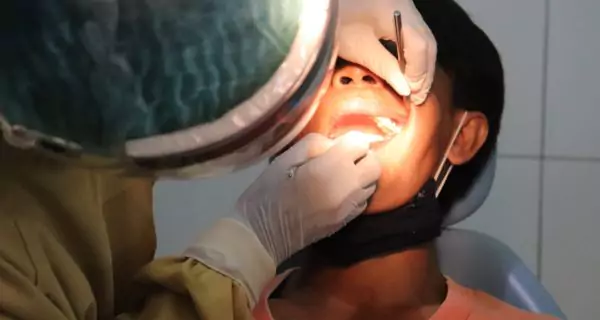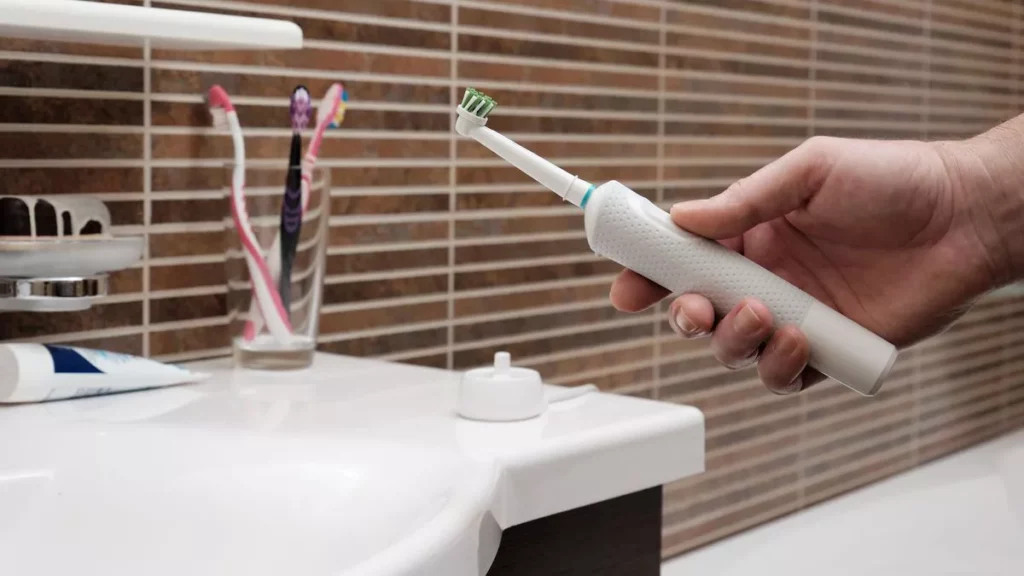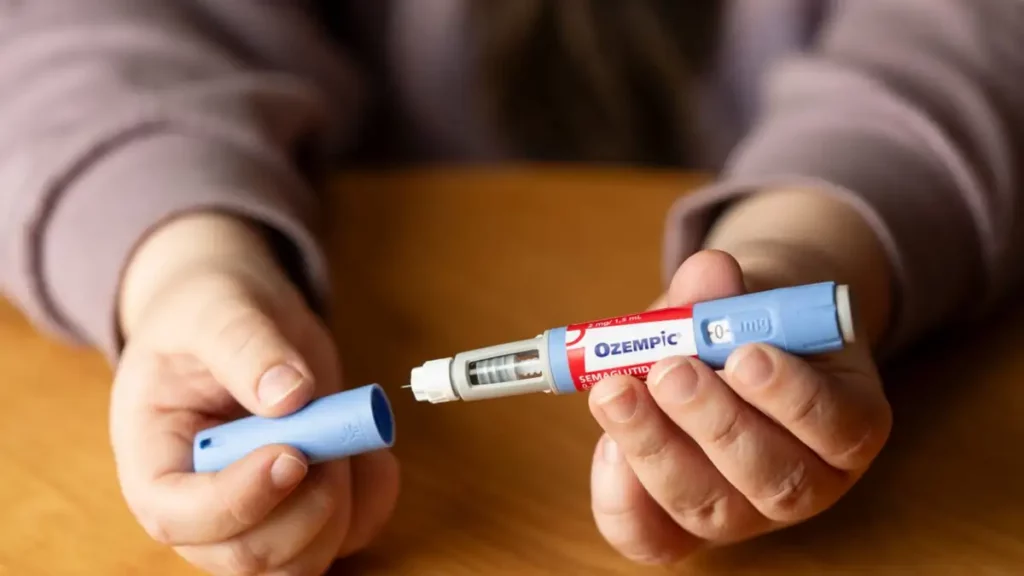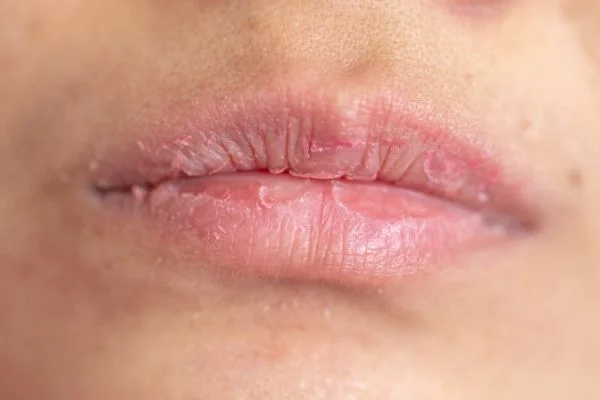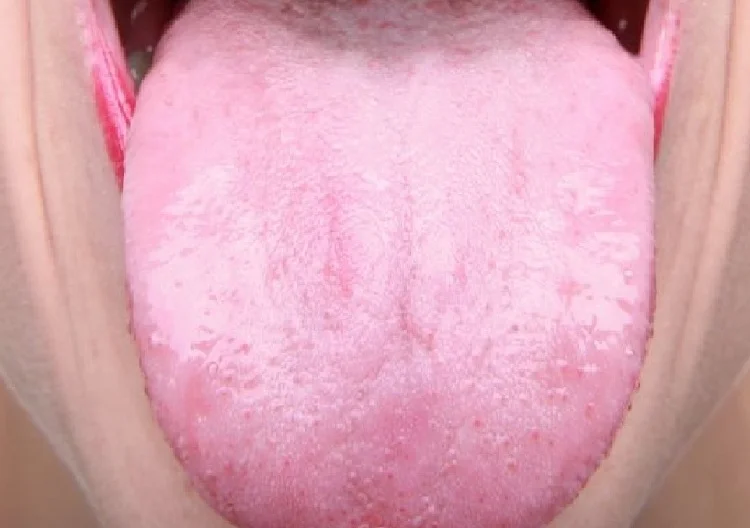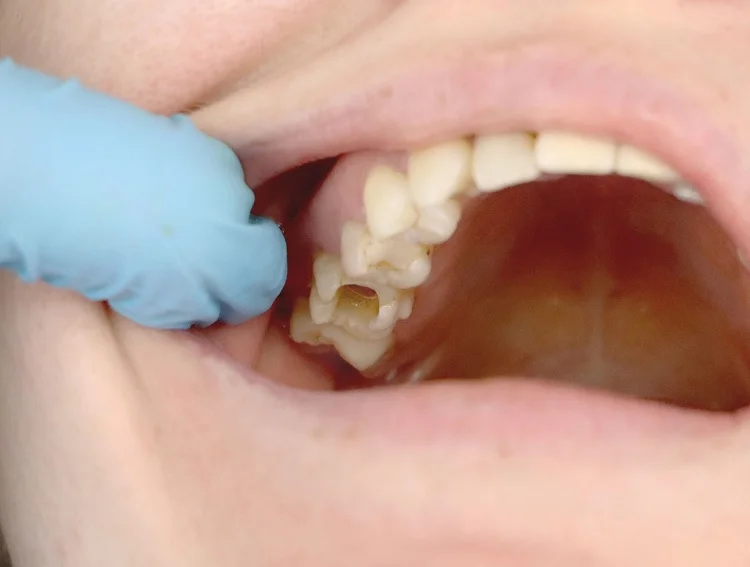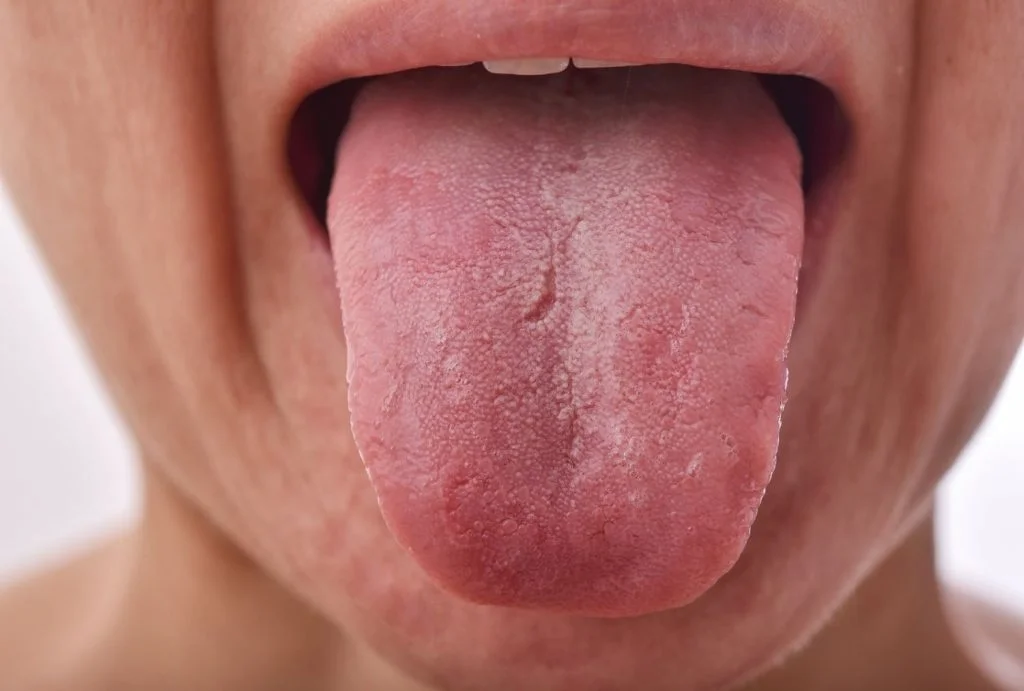Last Updated on: 19th September 2025, 12:30 pm
A failed implant is one that doesn’t properly bond with the bone properly or loses stability over time. This can happen soon after surgery or even years later. You might notice signs like persistent pain, swelling, or the implant feeling loose.
Losing one or more teeth can affect more than just your appearance. It impacts how you chew, speak, and even how confident you feel when smiling or talking.
Thankfully, modern dentistry offers reliable solutions, and dental implants are one of the most natural and long-lasting options available. They’re designed to look, feel, and function like real teeth, helping people restore not just their smile, but also their quality of life.
It’s important to remember that a failed implant can happen, even when things seem to be going well at first. Knowing the potential risks and learning to recognize the early signs of failure is essential for keeping your implant strong and healthy over time.
What is a failed implant?
A failed implant denotes a dental implant that either doesn’t properly attach to the bone or later becomes loose, painful, or infected. It’s considered “failed” when it loses stability or causes discomfort, making it unable to function like a healthy tooth.
It can be:
- an early failure: when the implant never fully connects to the bone (usually in the first few months).
- a late failure: when the implant was initially successful, but over time develops issues such as bone loss or infection.
According to the American Academy of Implant Dentistry, dental implants have a success rate of 90% to 98%, but up to 5-10% can fail either early or late. That’s why understanding the risks and knowing the warning signs is essential.
The most common causes of a failed implant
Even though dental implants are highly reliable, several factors increase the risk of failure. Let’s see the main causes.
Can an infection around the implant lead to failure?
Yes. One of the most common reasons an implant can fail is peri-implantitis, an infection and inflammation around the implant caused by bacteria.
Just like natural teeth can get gum disease, implants can lose bone support if the infection spreads.
Risk factors include:
- poor oral hygiene
- smoking
- a history of periodontal disease
Studies indicate that peri-implantitis affects around 20% of patients with implants. It’s one of the leading causes of long-term failure.
How does low bone density affect implant success?
Implants need a strong healthy bone to stay in place. If the bone is too soft or thin, it may not support the implant well.
This can happen if:
- you’ve had missing teeth for a long time (bone shrinks over time)
- you have a condition like osteoporosis
- you were born with naturally lower bone volume
In such cases, dentists may recommend bone grafting before placing the implant.
Can too much pressure cause a failed implant?
Yes. Implants need time to heal and bond with the bone. Too much force during the healing phase can cause them to move or shift, preventing proper integration.
Common causes of pressure include:
- chewing hard foods
- teeth grinding (bruxism)
- using the implant before it’s fully healed
These forces can lead to microfractures in the bone and eventually a failed implant.
Can improper placement lead to implant problems?
Absolutely. Implant placement is a delicate process. If it’s placed at the wrong angle or in a poor location, it can affect how it functions and how long it lasts.
Poor placement can lead to:
- imbalanced chewing forces
- difficulty cleaning the area (which leads to infection)
- damage to nerves or nearby structures
The American Dental Association (ADA) emphasizes the importance of professional planning and imaging before implant placement to avoid these issues.
What are the signs of a failed implant?
Dental implants are designed to feel and function like natural teeth. When placed correctly and well cared for, they can last for many years. But like any medical procedure, complications happen.
Knowing how to spot the signs of a failed implant early will help you take action before the problem gets worse.
What does pain around the implant mean?
Some mild discomfort is normal in the days following surgery. But if the pain gets worse instead of better, or starts after the healing period, it implies there’s an issue.
Watch out for:
- persistent pain several days after the procedure
- sharp or throbbing pain when chewing or touching the area
- increased sensitivity or redness in the gums
Persistent or late-onset pain may signal infection, bone loss, or failed integration with the jawbone. Don’t ignore this and see your dentist.
Why does the implant feel loose or unstable?
A successful implant should feel just as stable as your natural teeth. If it starts to move, something’s wrong.
Common causes of mobility include:
- failed osseointegration when the implant never fused with the bone
- bone loss due to infection (like peri-implantitis)
- a loose crown or abutment
- pressure from grinding teeth or chewing too soon after surgery
Even slight movement should be evaluated. A loose implant is one of the clearest signs of failure.
What if I have swelling, bleeding, or red gums?
While some swelling is expected right after surgery, it should decrease over time. Ongoing gum issues around the implant may point to inflammation or infection.
Warning signs include:
- swollen or red gums that persist
- bleeding when brushing
- gums pulling away from the implant (recession)
- pus, foul odor, or a bad taste near the area
These may point to infection around the implant. The sooner it’s treated, the better the outcome.
Why am I having trouble chewing?
If your implant feels uncomfortable or weak while eating, this suggests that it isn’t properly integrated or is under too much stress.
You might notice:
- pain or pressure when biting
- a shifting sensation during chewing
- difficulty using that side of the mouth comfortably
This could be due to mechanical overload or loosening of the implant.
Recognizing the early signs of a failed implant can help prevent bigger issues. Whether it’s unusual pain, mobility, swelling, or gum problems, your best move is to seek professional help right away.
How is a failed implant diagnosed?
Diagnosis should always be performed by a dental professional. Regular check-ups are essential, even if no symptoms are present. Early diagnosis improves treatment outcomes and can help avoid more invasive procedures.
If you notice signs like pain, swelling, or implant mobility, don’t delay. The sooner a failed implant is diagnosed, the better the chances of saving it or correcting the problem.
What should you do?
- Contact your dentist: describe your symptoms clearly so they can determine whether imaging or treatment is needed.
- Avoid using the implant: try not to chew on the affected side until your dentist has evaluated the area.
What are the diagnostic steps for a failed implant?
1. Clinical examination: the initial step is a thorough clinical assessment of the implant site. The dentist will look for signs such as inflammation, infection, pain, or gum recession.
2. Assessment of implant stability: evaluating the stability of the implant is essential. The dentist may:
- Apply gentle pressure: it helps to detect any mobility of the implant. A stable implant should not move.
- Use specialized instruments: devices like the Periotest or resonance frequency analysis (RFA) tools can provide quantitative measurements of implant stability.
3. Periodontal probing: the health of the tissues surrounding the implant is assessed using periodontal probing:
- probing depths: increased depths can indicate bone loss or peri-implant disease.
- bleeding on probing: a sign of inflammation in the peri-implant tissues.
Regular monitoring of these parameters helps in the early detection of potential issues.
4. Radiographic imaging: imaging techniques provide a detailed view of the implant and surrounding bone.
- Periapical X-rays: useful for detecting bone loss around the implant.
- Cone Beam Computed Tomography (CBCT): offers a 3D view, allowing for precise assessment of bone structure and implant positioning.
These imaging modalities help in identifying issues not visible during a clinical examination.
5. Additional diagnostic tests: in certain cases, further tests may be necessary.
- Microbiological analysis: to identify specific bacteria causing infection.
- Biopsy: if there’s suspicion of pathological changes in the tissue.
These tests assist in formulating an effective treatment plan.
Early and accurate diagnosis is vital for the successful management of dental implant complications. Regular dental check-ups and prompt attention to any unusual symptoms should significantly improve the prognosis of a failing implant.
What are the treatment options for a failed implant?
The right treatment depends on the cause of failure, the condition of the bone, and your overall oral health. In many cases, it’s possible to fix the issue and place a new implant successfully.
Can the implant be removed and replaced?
Yes. If the implant is severely compromised, it may need to be removed. After the area heals, often over 3 to 4 months, a new implant can be placed.
A bone graft may be necessary beforehand to ensure proper support.
What if an infection caused the failure?
In cases like peri-implantitis, the focus will be on removing the infection and regenerating lost tissue:
- deep cleaning of the area
- antibiotic treatment
- surgical removal of infected tissue if needed
- bone grafting to restore support for a future implant
When is bone grafting or a sinus lift needed?
If bone loss is significant:
- Bone grafting adds bone material to strengthen the implant site.
- Sinus lift surgery raises the sinus floor to create space for implants in the upper jaw.
These procedures can make future implant placement safer and more successful.
Are there less invasive options?
Yes, if the implant hasn’t failed completely:
- adjusting the crown or prosthesis to reduce mechanical stress
- using a night guard for patients who grind their teeth
- placing a temporary crown during the healing process
These supportive steps may help stabilize the implant and improve its long-term success.
Recognizing the early signs of a failed implant and seeking timely diagnosis and treatment can make all the difference. Always follow your dentist’s post-operative instructions and schedule regular check-ups to help your implants last for many years.
How can I prevent a failed implant?
While dental implants have a high success rate, a failed implant can still happen, especially without proper care. But many causes of implant failure are preventable with a few healthy habits and smart choices.
How important is oral hygiene after implant placement?
Good oral hygiene is essential to prevent infections like peri-implantitis. Some recommendations are:
- brush twice a day using a soft-bristled toothbrush and non-abrasive toothpaste
- floss daily or use interdental brushes to clean around the implant
- use an antibacterial mouthwash if recommended by your dentist
- consider a water flosser for better access to hard-to-reach areas
If you wear implant-supported dentures, rinse your mouth with medicated mouthwash as advised.
Should I still visit the dentist regularly?
Yes. Regular dental check-ups are key to spotting problems before they get serious.
- Visit your dentist every 6 months or as often as they recommend
- They’ll check the implant’s stability, gum health, and bone support
- Follow-up visits after surgery help detect early signs of failure and guide healing
These visits are crucial even if you don’t feel any symptoms.
What foods should I avoid after getting an implant?
Right after the procedure, your implant is vulnerable and needs time to heal.
Avoid:
- hard foods (nuts, candy, ice)
- chewing directly on the implant site
- using teeth to open packaging or bite non-food items
Instead:
- stick to soft foods for a few weeks
- chew on the opposite side if needed
These steps help protect the implant during the early healing phase
Can lifestyle habits affect implant success?
Absolutely. Certain habits can significantly raise your risk of implant failure. You should avoid:
- smoking or tobacco use: slow healing and increase the risk of infections
- teeth grinding (bruxism): Use a night guard if you grind your teeth while sleeping
- poor diet: Low calcium levels weaken bones and may affect implant support
Talk to your dentist about any habits you’re concerned about, they can suggest personalized solutions.
How can I support bone health for my implant?
A strong jawbone is critical for implant stability. Some ways to support bone health include:
- Eat calcium-rich foods like dairy, leafy greens, broccoli, and almonds
- Ensure adequate vitamin D (sunlight, supplements, or fortified foods)
- If you’ve had bone loss or grafting, ask your dentist about additional supplements
- Avoid smoking, which reduces the blood supply to bone tissue
Good nutrition helps your implant fuse properly and stay strong long term.
Conclusion
Dental implants can truly change your smile and your confidence. But remember, a failed implant can happen, even when things seem fine at first.
The key is simple: take care of it, listen to your body, and don’t skip your check-ups. If something feels off, act fast. The sooner you catch a problem, the easier it is to fix.
Frequently Asked Questions
Can my body reject a dental implant?
How long should a dental implant last?
What happens if a failed implant isn’t treated?
What medications can interfere with dental implants?
Can I get an implant if I smoke?
Voice and Search (Q&A)
What are early signs of a failed dental implant?
Watch for pain that gets worse, a loose implant, swelling, red or bleeding gums, or trouble chewing. These are signs to call your dentist right away.
Can a failed dental implant be fixed?
Yes. Your dentist may clean the area, treat infection, do bone grafting, or replace the implant after healing. Early treatment gives the best results.
How can I prevent dental implant failure?
Keep good oral hygiene, visit your dentist regularly, avoid smoking, and follow post-op instructions. Eat soft foods while healing and protect against grinding.
Share
References
1. Froum, S. (2019, December 9). Dental implant failure: 3 common medical conditions that may affect success rates. Perio-implant Advisory. https://www.perioimplantadvisory.com/clinical-tips/article/14073307/dental-implant-failure-3-common-medical-conditions-that-may-affect-success-rates
2. Gurarie, M. (2024, October 23). 9 common causes of bad dental implants. Verywell Health. https://www.verywellhealth.com/dental-implant-failure-5217573
3. Higuera, V. (2018, September 5). What to know about dental implant complications and failure. Healthline. https://www.healthline.com/health/dental-implant-problems
4. Kochar, S. P., Reche, A., & Paul, P. (2022). The Etiology and Management of Dental Implant Failure: A review. Cureus. https://doi.org/10.7759/cureus.30455
5. Thiebot, N., Hamdani, A., Blanchet, F., Dame, M., Tawfik, S., Mbapou, E., Kaddouh, A. A., & Alantar, A. (2022). Implant failure rate and the prevalence of associated risk factors: a 6-year retrospective observational survey. Journal of Oral Medicine and Oral Surgery, 28(2), 19. https://doi.org/10.1051/mbcb/2021045
-
Dr. Yeidy Carolina Mesa [Author]
DDS Yeidy Carolina Mesa Passionate Dentist | Advocate for Accessible Oral Health Education Graduating from Universidad CES in 2022, I am a dedicated general dentist with a lifelong passion for helping others and making a meaningful impact in the world. My journey into dentistry began at the age of 7, inspired by my own experience with braces and overcoming a fear of the dentist. This personal journey shaped my mission to help patients conquer their own dental anxieties and embrace a healthier,...
View all posts
-
Nayibe Cubillos M. [Medical Reviewer]
Pharmaceutical Chemestry |Pharmaceutical Process Management | Pharmaceutical Care | Pharmaceutical Services Audit | Pharmaceutical Services Process Consulting | Content Project Manager | SEO Knowledge | Content Writer | Leadership | Scrum Master
View all posts
A healthcare writer with a solid background in pharmaceutical chemistry and a thorough understanding of Colombian regulatory processes and comprehensive sector management, she has significant experience coordinating and leading multidisciplina...



